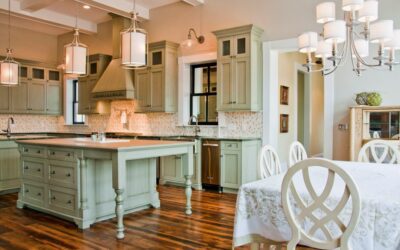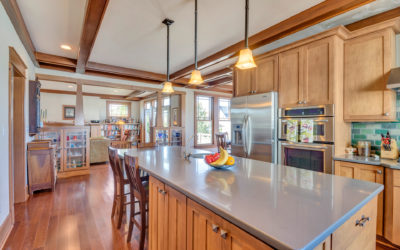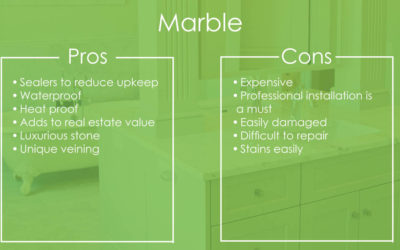By Aliyah D. White.During a recent weekend, my family and old friends gathered around my parents’...
#wedesignthattoo Kitchen Edition
We get to design a lot of cool spaces for our clients and kitchen design may be one of my...
Kitchen Countertops
Whether you are trying to tackle a kitchen renovation or building your dream house, the selection...
Does your kitchen need an upgrade?
Understanding the goals for the “life you want to live” is the first step for designing a solution like this one. As an architect I have been trained to hear your goals and translate them through spatial solutions that provide the framework to achieve those goals. If you are thinking that your home does not facilitate the life you want to live, give us a call. We would love to work with you to create your dream home through a dream renovation.
Thinking of renovating your kitchen? Start here.
Thinking of renovating your kitchen? Start here. One of the most common renovation projects done...
Which kitchen countertop is right for you?
There are many options for your kitchen countertop, but all seem to have pros and cons making this...



